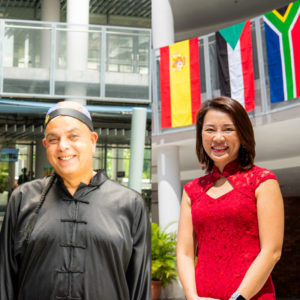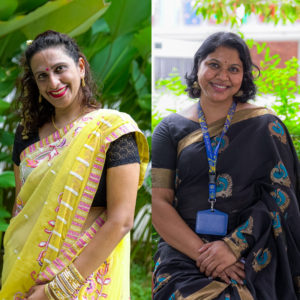”
Jom Belajar: Merdeka Celebration at ISKL
Last week we saw our campus light up with multi-colored, multi-ethnic traditional Malaysian attire, in conjunction with our Merdeka celebrations. We loved seeing our faculty and staff dress up in these vibrant outfits and be part of the local culture. From saris to samfus, kebayas to kurtas, we had it all! Here’s some snaps of our faculty and staff in their outfits.
Fun Fact #1: Malay Traditional WearThis fine and elegant piece of fashion started in the 18th century, is considered to be one of the official Malaysian attire. It is usually worn to formal occasions such as weddings, festival celebrations, religious celebrations, and also during royal events. |
Fun Fact #2: Chinese Traditional WearIn ancient feudal society, people’s rank and social status could easily be figured out from their daily dressing, especially for the ordinary people and the upper-class. Among the upper dominating classes, only the Emperor was assigned the color yellow and the dragon emblem on traditional Chinese imperial dress, as an exclusive affirmation of their power. |
Fun Fact #3: Indian Traditional WearA sari can be draped over 100 ways. If you were to Google “how to wear a sari”, hundreds of videos would offer tips on how to perfectly drape your sari. Most of the drape styles are regionally specific–and just like food and language in India–the drapes are a result of context, geography, and function. |
 |
 |
 |
“

